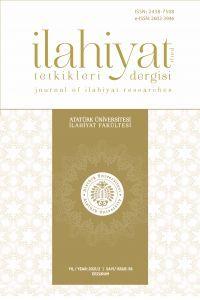
Историчност на понятието фигура у Ауербах
The term figura gives us the possibility to think about the critical limits of the entanglement between the political and the poetical on the fluctuating trajectories of the passing time (chronos) and the embodied time of the event (kairos). In Auerbach’s article “Figure” (1938) the concept is defined as a dynamic with its own regime of historicity, connecting one particular person/event with another particular person/event. Such a regime presumes the kairotic logic of the right occasion, of the exceptional time of the context, where something that is suggested to happen, just happens. This is the process of real embodiment of figures. The main point of Auerbach is that the figura is a temporal, not only а special topological concept. It is characterized by its dynamic and radiant power, its own historicity inasmuch as it has inherited and preserves several temporal layers. In the end of this paper I shall make a distinction between a literary figure and a conceptual persona. Bartleby, the Scrivener is seen as a conceptual persona by Deleuze and Guattari, Derrida, Badiou, Rancière, Hardt and Negri, Agamben, Zupancic, Zizek, yet Bartleby is still a literary figure above all else – a literary figure that sometimes copies its own formation, and sometimes… simply prefers not to. The task of the current paper is to outline the stakes of modern literary history, composed through literary figures.
More...











